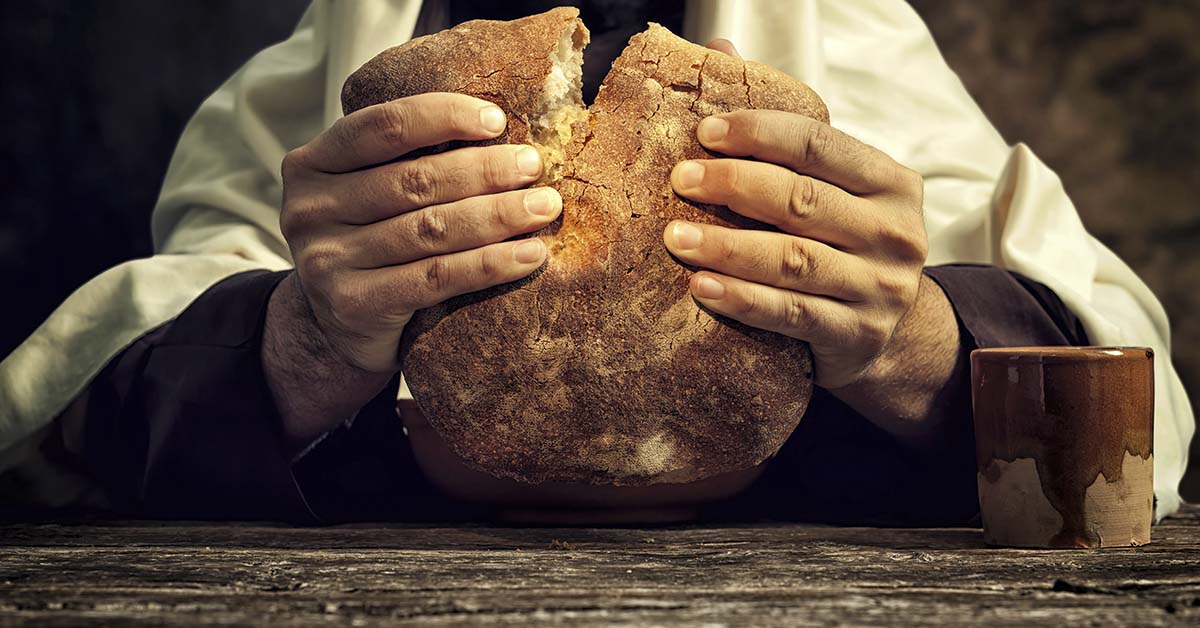Israeli scientists reported a surprising finding from the Sea of Galilee. In a study published in Water Resources Research in October 2024, they identified a natural phenomenon that could account for two of Jesus’s best-known fish miracles. The team then matched that process to the very locations named in the Gospels. In 1990, 2007, 2012, and 2023, thousands of dead fish rose to the surface. Using 3D computer models, the researchers traced the physical conditions behind those events. Taken together, the results offer a scientific reason for how these miracles occurred.
The First Miracle: Luke’s Account of the Overwhelming Catch
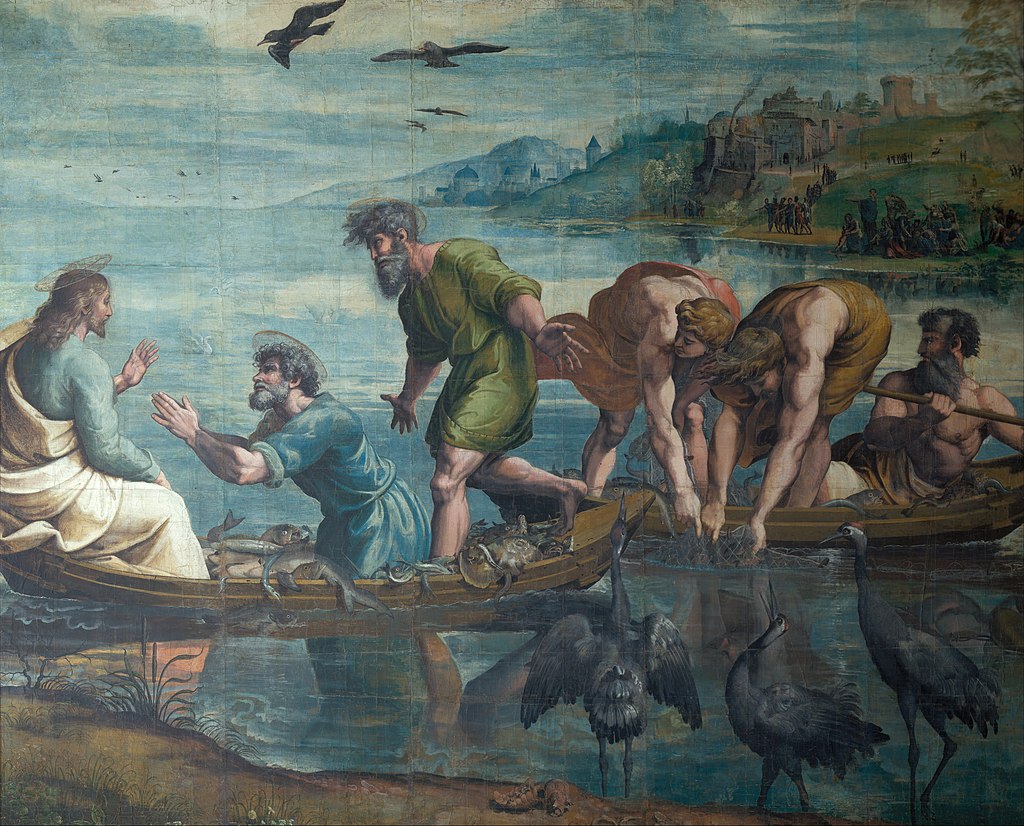
Luke’s Gospel recounts how Jesus met Peter and his partners on the Sea of Galilee after a fruitless night of fishing. Peter told Jesus, “We worked hard all night and caught nothing” (Luke 5:5). Jesus told them to cast into deep water, and when they obeyed, their nets filled so fast they began to tear. They called another boat for help, and both boats, laden with the catch, began to sink. Peter, James, and John left their fishing careers that morning to follow Jesus as his disciples.
The Second Miracle: John’s Post-Resurrection Fishing Story
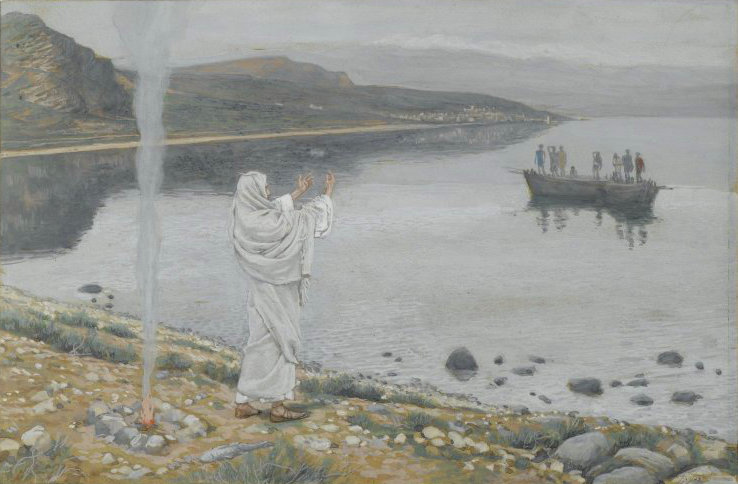
John’s Gospel records a second fish miracle after Jesus rose from the dead. Seven disciples returned to fishing but caught nothing all night. Someone on the shore called out, “Throw your net on the right side of the boat” (John 21:6). They brought in exactly 153 fish. The fishermen then only recognized the stranger as Jesus. Some think 153 holds symbolic significance, and that precise number has fascinated scholars for centuries. The miracle that day convinced doubting disciples that Jesus had returned. It echoed the first great catch that called them to follow him.
Why These Miracles Are Hard to Verify Historically

The Gospels were written decades after Jesus died. Mark appeared around 70 AD, and Luke and John between 80-100 AD. The authors drew from oral stories and written sources that circulated through early Christian communities. These texts were crafted to inspire faith and teach spiritual truths rather than serve as accurate historical documents. Ancient writers understood unusual natural events through a religious lens because scientific explanations were not available at the time. This makes historical verification challenging for scholars using modern methods.
The Missing Contemporary Records

Historians confirm ancient events by checking multiple independent sources from the same era. Roman chroniclers usually recorded unusual natural occurrences across the empire, yet none mention mass fish catches in the first century in Palestine. Josephus, who wrote extensively about Jewish life in that region and time, also makes no reference to these events. Other contemporary writers are silent as well. That lack of independent testimony means the gospel accounts cannot be verified from outside Christian texts. Without corroborating records, these miracles remain historically unconfirmed.
Scientists Witnessed Something Strange in the Same Waters
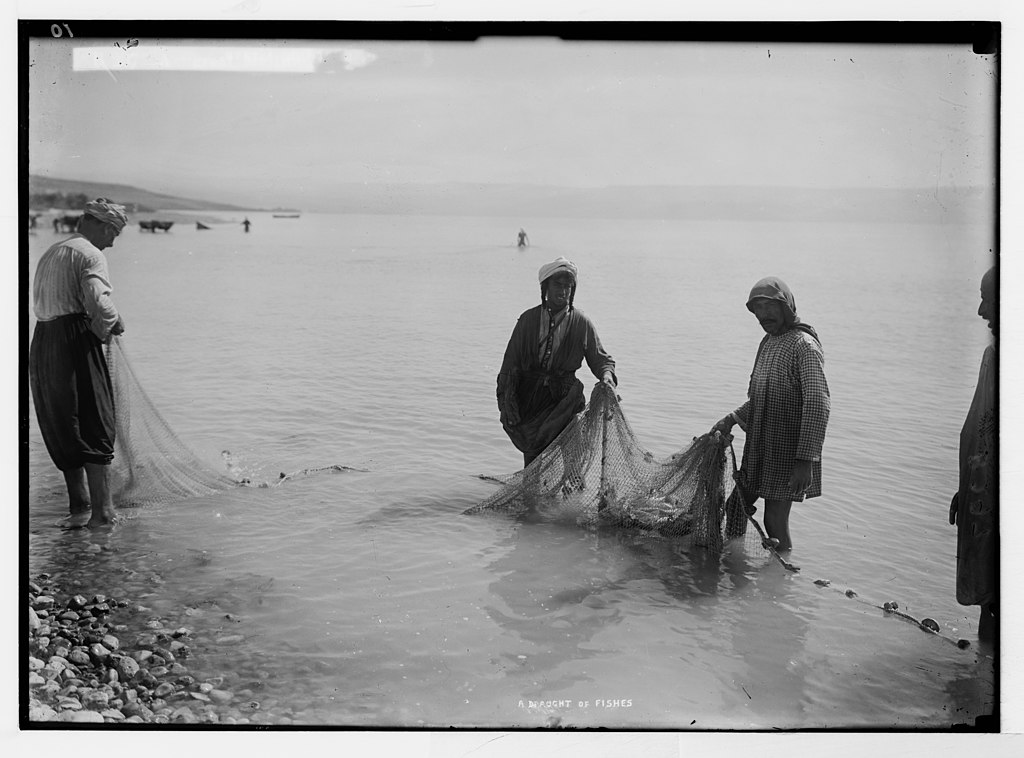
Scientists have recorded four mass fish deaths in the Sea of Galilee in the 1990s, 2007, 2012, and 2023. In each event, thousands of dead fish rose to the surface in the same waters that match the gospel stories of Jesus’s catches. Early on, researchers suspected poisoning, but that theory did not explain repeated occurrences. To investigate further, Dr Tamar Zohary at the Kinneret Limnological Laboratory began systematic monitoring. Her team installed sensors around the lake to log temperature, oxygen, and wind patterns over time.
The Wind-Driven Death Trap Explained
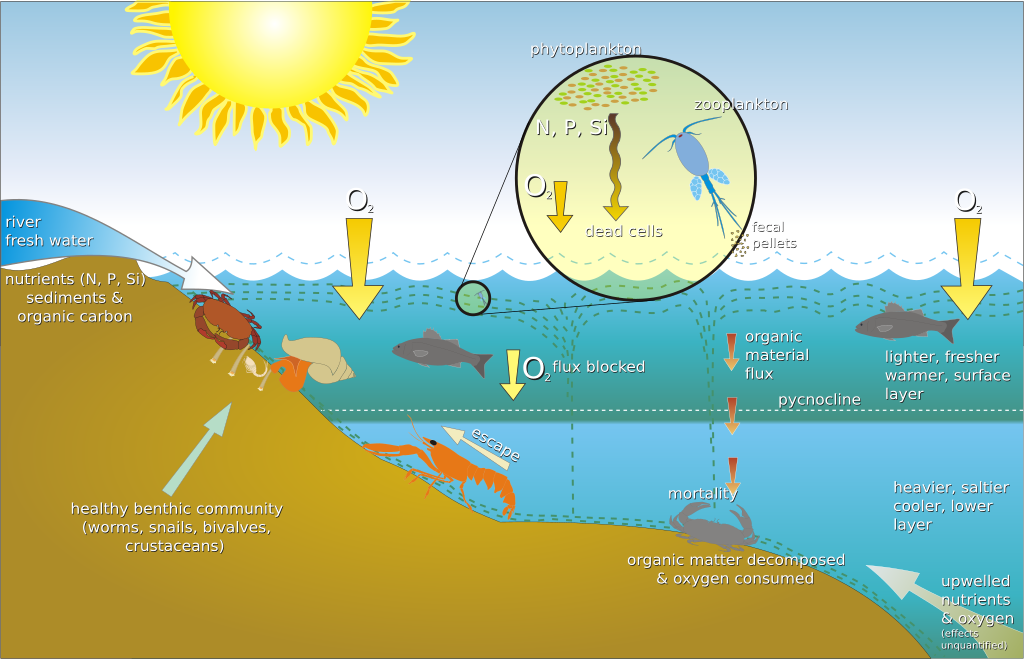
The study found that in warmer months, the Sea of Galilee separates into layers. A warm, oxygen-rich surface layer sits above colder, oxygen-poor deep water. Fish thrive near the surface but cannot survive in the depths. Strong westerly winds push the warm surface layer away, forcing deeper water to rise and replace it. Yael Amitai, a physical limnologist on the team, explains that when this low-oxygen water reaches the shore, surface fish get trapped and suffocate. They float to the surface, creating sudden mass kills.
The 3D Models That Cracked the Mystery
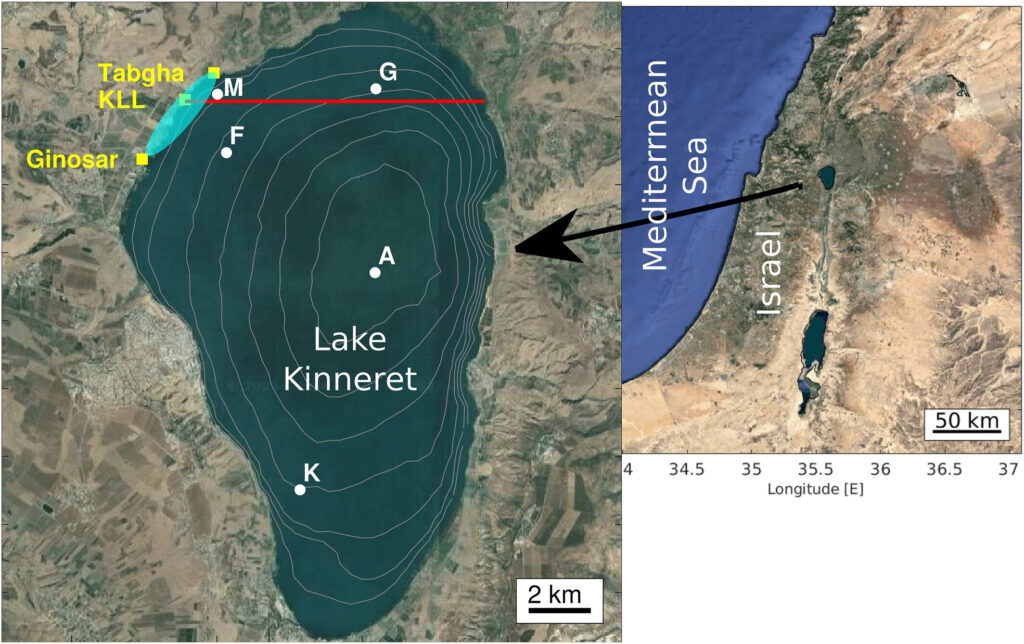
Ehud Strobach at the Volcani Institute built 3D simulations that confirm how oxygen-poor water can rise to the surface. His models showed that deadly water reached the surface for about six hours along the western shore, spreading nearly one mile offshore. The simulations then explained the phenomenon’s rarity by identifying five required conditions. The lake must form seasonal temperature layers, and its deep water must be oxygen-deprived. Strong westerly winds must trigger internal waves while fish schools gather near shore in early summer when surface layers remain thin. Researchers now use the model to predict when similar mass kills will occur.
How Modern Scholars Interpret These Stories

Biblical scholars take various approaches to miracle accounts. Some view them as literal historical events requiring faith to accept. Others see them as symbolic stories designed to convey spiritual truths about Jesus’s identity. Many scholars focus on the theological meaning rather than historical accuracy. The fish miracles demonstrate themes of abundance, calling, and divine provision that resonate regardless of their literal truth. Contemporary biblical scholarship often examines how ancient audiences would have understood these stories. The cultural context of fishing communities shapes interpretation more than modern scientific explanations.
What This Research Actually Proves About Ancient Miracles
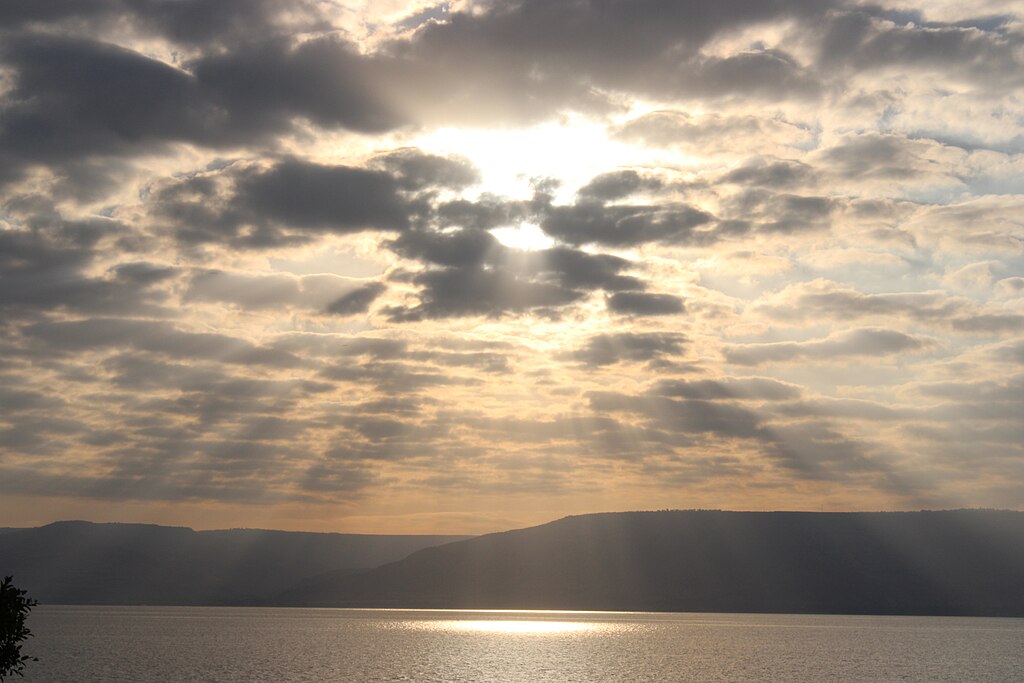
By showing how wind-driven internal waves produce sudden, large catches, the study supplies a natural explanation for events that once seemed inexplicable. That does not remove the value these stories held for their first audiences. For people living with uncertainty, any event that offered food or hope, from the Miracles of Jesus to unexplained catches, served a powerful social role. Seeing the science and the meaning together enriches both history and faith without forcing one to replace the other. The research proves remarkable events happened in these waters, whether through natural forces or divine intervention.
Read More: 2,000-Year-Old ‘Jesus Boat’ Discovered Near the Sea of Galilee
